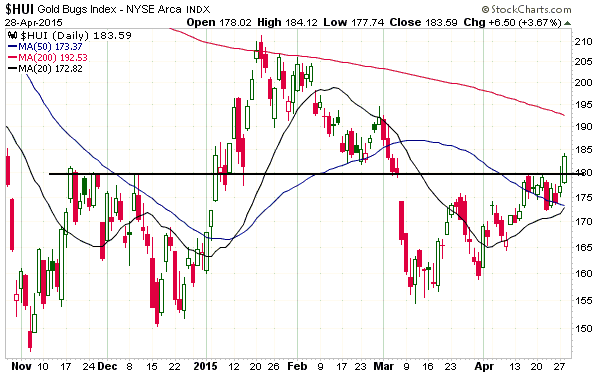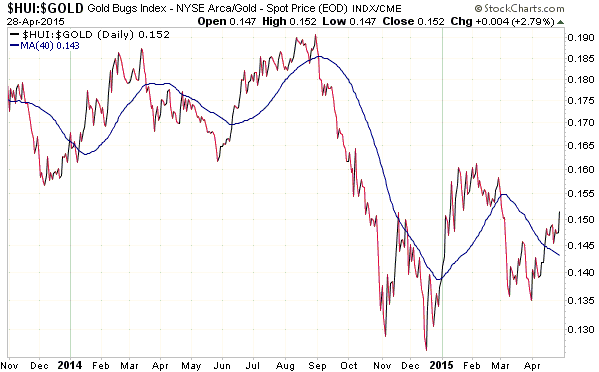At TSI over the past year and at the TSI Blog two months ago I’ve made the point that the Fed gave itself the ability to pay interest on bank reserves so that the Fed Funds Rate (FFR) could be raised without the need to shrink bank reserves and the economy-wide money supply. I explained that the driver of this change in the Fed’s toolbox was the fact that the massive quantity of reserves injected into the banking system by QE (Quantitative Easing) meant that it would no longer be possible for the Fed to hike the FFR in the traditional way, that is, via the sort of small-scale shrinkage of bank reserves that was used in the past. Instead, the quantity of reserves has become so much larger than would be required to maintain a Funds Rate of only 0.25% that even a tiny increase to 0.50% would necessitate a $1 trillion+ reduction in reserves and money supply, which would crash the stock and bond markets. The purpose of this post is to point out that while the payment of interest on bank reserves is now the Fed’s primary tool for implementing rate hikes, there are two other tools that the Fed will use over the years ahead in its efforts to manipulate short-term US interest rates and distort the economy.
Before going any further I’ll note that it isn’t just logical deduction that led to my conclusion regarding the purpose of interest-rate payments on bank reserves. It happens to be the only conclusion that makes sense, but it’s also the case that the Fed, itself, has never made a secret of why it started paying interest on reserves. The Fed’s reasoning was reiterated in a 27th February speech by Vice Chairman Stanley Fischer. A hat-tip to John Mauldin and Woody Brock for bringing this speech to my attention.
The two other tools that will be used by the Fed to raise the official overnight interest rate are Reverse Repurchase agreements (RRPs) and the Term Deposit Facility (TDF). The RRP isn’t a new tool, but its importance has increased and will continue to do so. The TDF is a relatively new tool, having been introduced on a small scale in 2010 and having been expanded in 2014.
The RRP is used by the Fed to borrow reserves and money for short periods, with securities (bonds, notes or bills) from the Fed’s stash being used as collateral for these borrowings. Now, an institution that has the unlimited ability to create new money can never run short of money and will therefore never need to borrow money to fund its operations, but the Fed sometimes borrows money via RRPs as part of its efforts to manipulate interest rates. Specifically, by offering to pay financial institutions a certain interest rate to borrow reserves and money, the Fed pressures the effective interest rate towards its target.
The TDF is similar to a normal money-market account, except that it is provided by the Fed and can only be used by depository institutions. The term of the deposit is currently up to 21 days and the interest rate paid is slightly above the rate paid on bank reserves.
Further to the above, when the Fed eventually decides to hike the Fed Funds Rate it will not do so by reducing the quantity of bank reserves. The quantity of bank reserves will probably decline as part of the rate-hiking process, but the quantity of reserves in the banking system is now so far above what it needs to be that it is no longer practical for reserve reduction to be the driver of a higher Fed Funds Rate. Instead, when the Fed makes its first rate hike — something that probably won’t happen until at least September-2015 — it will do so by 1) raising the interest rate paid on bank reserves, 2) increasing the amount that it pays to borrow money via Reverse Repurchase agreements, and 3) boosting the rate that it offers to financial institutions for term deposits.
 Print This Post
Print This Post



